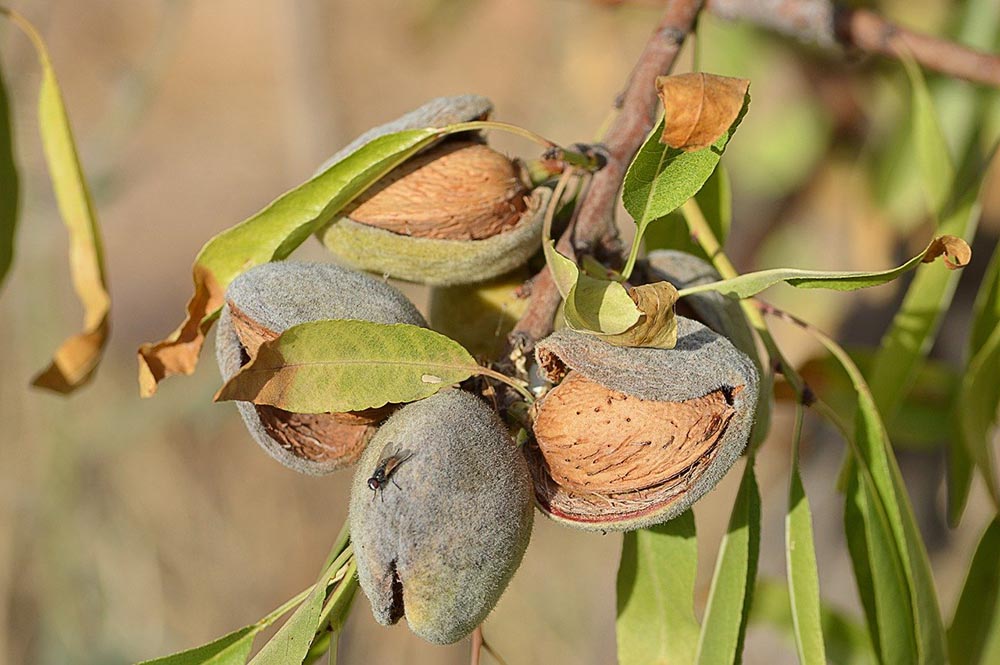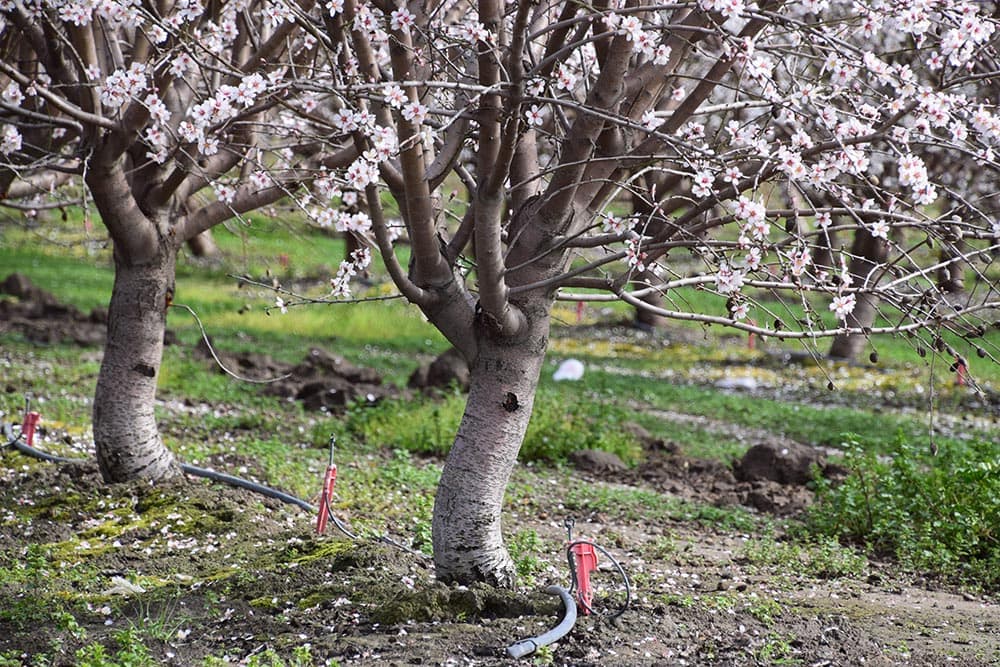How Much Water Does It Take to Grow an Almond? Lifecycle, Facts & FAQ
-
Pete Ortiz
- Last updated:

When preparing meals, baking, or just snacking on some nuts, we do not always consider where they come from or what it takes to grow them. Almonds, for instance, are grown on trees. To produce just one almond takes a little over one gallon of water, according to media reports.
Is it a misconception, or does it really take that much water to grow one almond?
What Is a Water Footprint?
All the goods and services we use, like food, clothing, and fuel, require water for production. The water footprint is a measurement of the amount of water used to produce these goods. It can give measurements of the volumes of water used by a company, a specific country, or globally.
The purpose of the water footprint is to know how and where our water is being used, the impact it has on our supply, and if corrective action should be taken.

How Much Water Does It Take to Grow an Almond?
Although California has been known to experience extremely wet and dry conditions, they have become one of the leading producers of almonds in the United States. The climate conditions in the state are excellent for almond crops. However, the media is suggesting that growing almonds may not be a promising idea, considering the water it takes to grow the crop in a state that is known for drought conditions.
According to the Almond Board of California (ABC), the water footprint is less than originally reported. New research by the ABC shows that almonds grown in California have economic and dietary benefits that outweigh the concerns for the resources needed to grow them.
Farmtogether.com suggests that growing almonds is a viable choice for farmers in California because they do well in drought conditions. However, the demand for water to grow almonds has brought negative attention to the healthy snack.
So, does it take over one gallon of water to produce one almond? That depends on who you ask. Farmers disagree that it takes over one gallon of water to grow an almond and are shocked to think anyone would believe that. Some farmers believe the media is using them as a scapegoat for water mismanagement in the state. There are many articles circulating, however, that show findings that support excessive water usage to grow almonds. Who do you believe, the farmer or the journalists?

The Almond Lifecycle
Almonds have become in high demand as a popular choice of nutrition and protein for many individuals. The majority of the world’s almonds are produced in California, with the remaining supply coming from China, Australia, Turkey, and the EU. Although California’s agricultural economy relies heavily on the production of almonds, there are concerns about the water usage.
There are hundreds of miles of almond trees lining Interstate 5 from San Francisco to Los Angeles. Many of these trees were planted over 20 years ago. It takes three to four years for an almond tree to become a viable crop. Peak production begins at about seven or eight years and continues for another 12 to 15 years.
To produce a supply of almonds sufficient for the global demand, farmers use irrigation to supplement the rain. Almond farmers used flooding to submerge the almond trees when water was cheap and plentiful. Due to scarce water conditions and concerns for the environment, farmers began using more efficient methods to provide water to the trees. The new methods have increased efficiency by up to 95 percent. The new irrigation allows the farmers to grow a pound of almonds with much less water than they did in the last two decades.
Final Thoughts
Technically, the amount of water it takes to produce one almond would depend on the farmer, the watering methods in place, and who you ask. One thing is for sure: all crops need water, and almond farmers are working hard to reduce the water consumption with more efficient methods and keep up with the high demands for the healthy snack.
Featured Image Credit: Angeles Balaguer, Pixabay
Contents



